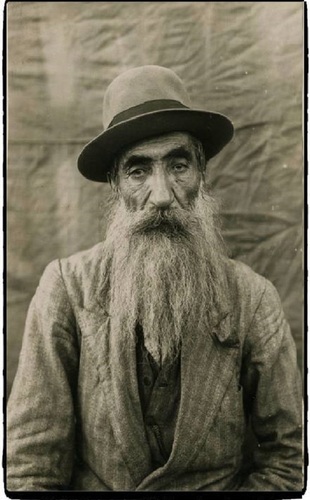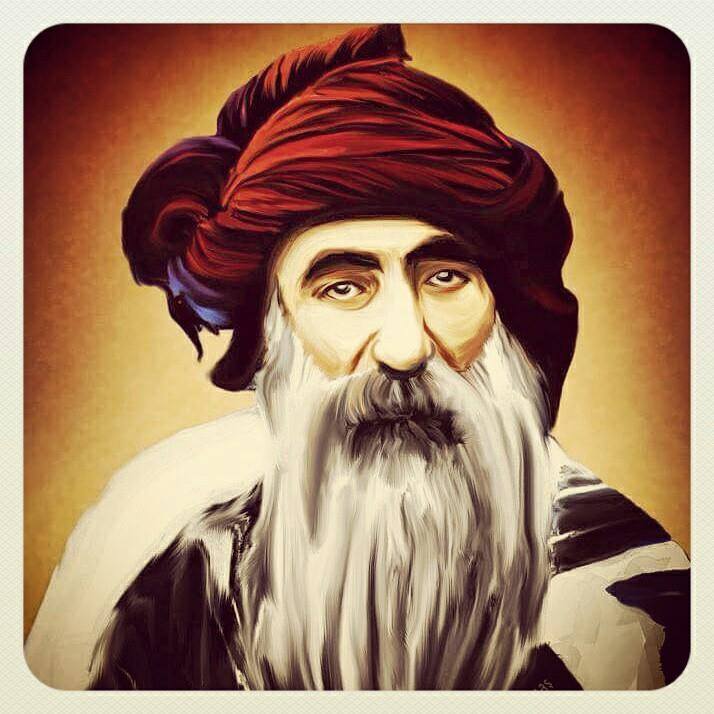The successive attacks and repressions that the enemies have brought upon the Kurds will not be forgotten and the revolutions that were carried out against these repressions and attacks and resisted with all their might must not be forgotten.
After the Agri uprising, Turkey's repression against the Kurds continued in the northern part of Kurdistan. Thousands of Kurds were expelled from their homeland after the Agri Revolution; was there any other uprising besides the Agri uprising? Why is Turkey hiding the Dersim uprising and the Kurdish genocide in the region? These are all the questions that need to be answered!
In 1934, the Turkish state sent General Kenan, commander of the Fourth Amed Army, to Shirnakh, from where he was sent to other parts of Turkey to suppress the Kurdish uprising; according to the sources, Kurdish mountains and villages in the Shirnakh region were shelled continuously for about five days, and each Turkish general massacred hundreds of young people in 1934 and 1935 to intimidate the Kurds.
But in order to remove this veil and reveal the truth, we must talk about the Dersim Revolution led by Sayd Raza Dersim in 1937, which the Turkish government could not hide.
In 1937, the Turkish state passed a law that granted many powers. That law made many officials and military commanders city magistrates, and those magistrates had the power to do anything; they could independently impose death sentences on people in district courts. Learning other languages besides Turkish was prohibited, reading books and dictionaries other than Turkish was forbidden, and there were several other such provisions adopted in the 1937 Turkish law. But there was someone who stood up against those laws and repressions, and that was Sayd Raza Dersimi.

Sayd Raza was born in Dersim, the northern part of Kurdistan, the son of Sayd Ibrahim; His father was the chief of the Hasani tribe living in western Dersim. Sayd Ibrahim lived in the village of Dari Ahri and was a prominent person with extensive power among his people. Sayd Raza studied religion with the religious scholar Mohammad Ali Effendi, who had a good influence on his national consciousness.
After his father's death, Sayd Raza succeeded him and settled in the village of Agdad at the foothill of Mount Tujik. Sayd Raza was a kind and generous man and after the Sheikh Saeid Piran Revolution in 1925, he helped the displaced Kurds a lot.
In 1936, the Turkish army openly established a number of military bases in the main areas of Dersim. Sayd Raza, a Kurdish leader, negotiated with General Abdullah Alpdogan, the chief of the Harput gendarmerie, for the Turkish army's 1936 action. During the meeting, Sayd Raza found the aggressive intentions of the Turkish state, and for this point, he sent Dr. Nuri Dersim to Europe to inform the world public about this issue.
After the meeting, General Abdullah issued a statement calling on all Kurdish tribal chiefs to hand over 200000 weapons to the state. At the same time, Turkish security officials were creating conflict among Kurdish tribal chiefs to create chaos among them.
In this regard, Sayd Raza called on General Abdullah to cancel the declaration of the surrender of weapons and to establish an institution in the region that would ensure the national rights of the Kurdish people. The Turkish government reacted quickly by sending some police forces to Dersim and at the same time deploying the Ninth Army on the borders of Dersim. Turkish planes flew over the area daily to monitor, which caused anger and dissatisfaction among the Kurdish people and a little conflict in the areas; winter was approaching, but Dersim was still under enemy siege.

With the arrival of spring in 1937, the Turkish military forces resumed their activities and entered the people under the pretext of disarming and arresting Kurdish tribes; fighting restarted, especially in the Mazgert area, increasing day by day. In the spring of the same year, one of Sayd Raza's sons, Baribrahim, went to the Turks on his father's orders and asked the local commander to end the military activities and find a solution, but was harshly treated by Turkish officers and killed there.
Hearing this sad news, Sayd Raza began to lay siege to the Kurganan area to arrest the killers of his son, but the murderers were not there and had fled. The war against Turkish repression began under the leadership of Sayd Raza. The Turks quickly deployed a large force in the border area of the revolt. The Turkish forces consisted of seven armies headquartered in Amed, but their units were located in Rha, Sert, Van, Harpet, and near Adana; this was intended to prevent the rise of Sayd Raza and prevent them from going south.
To be continued…








